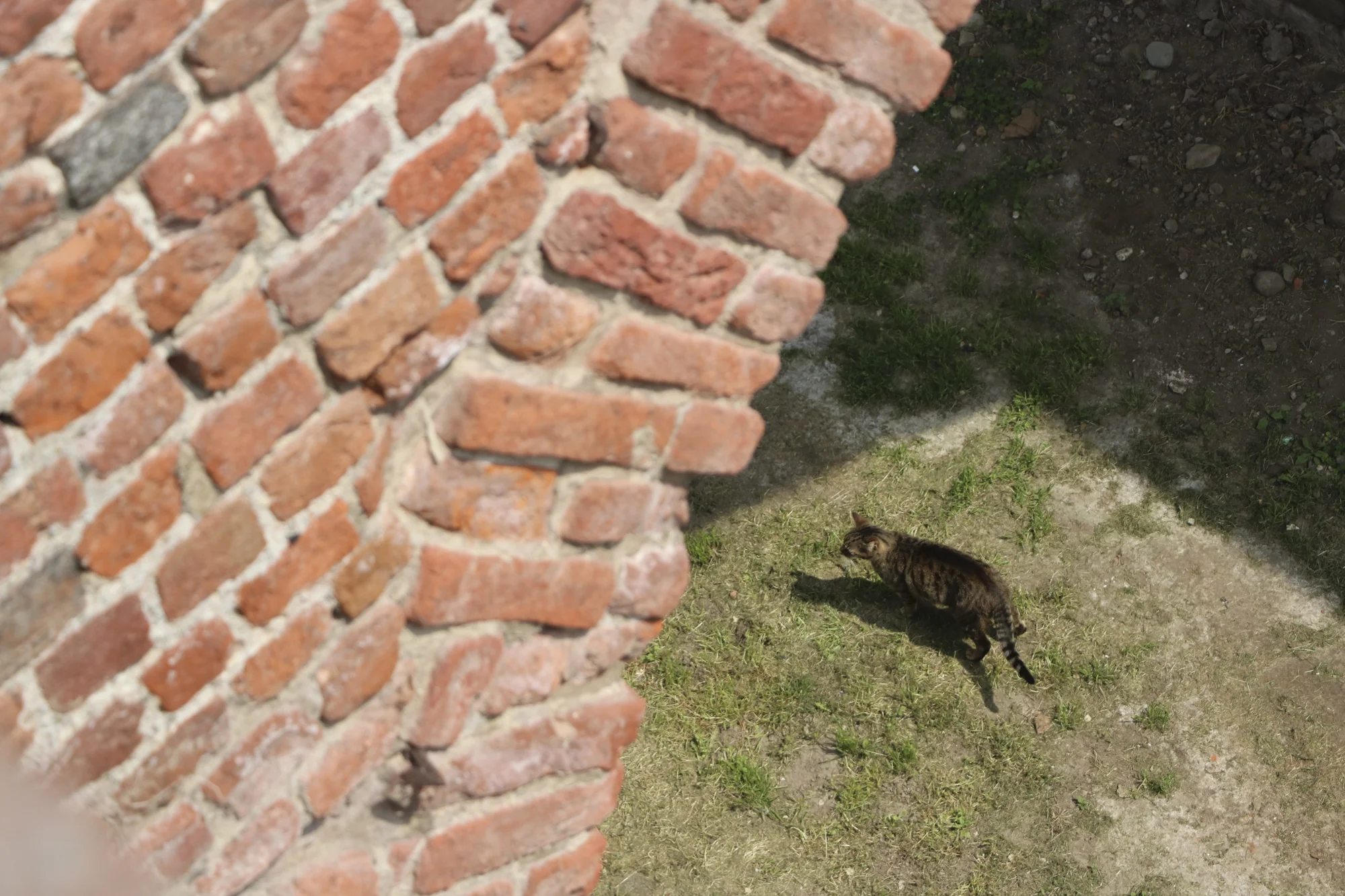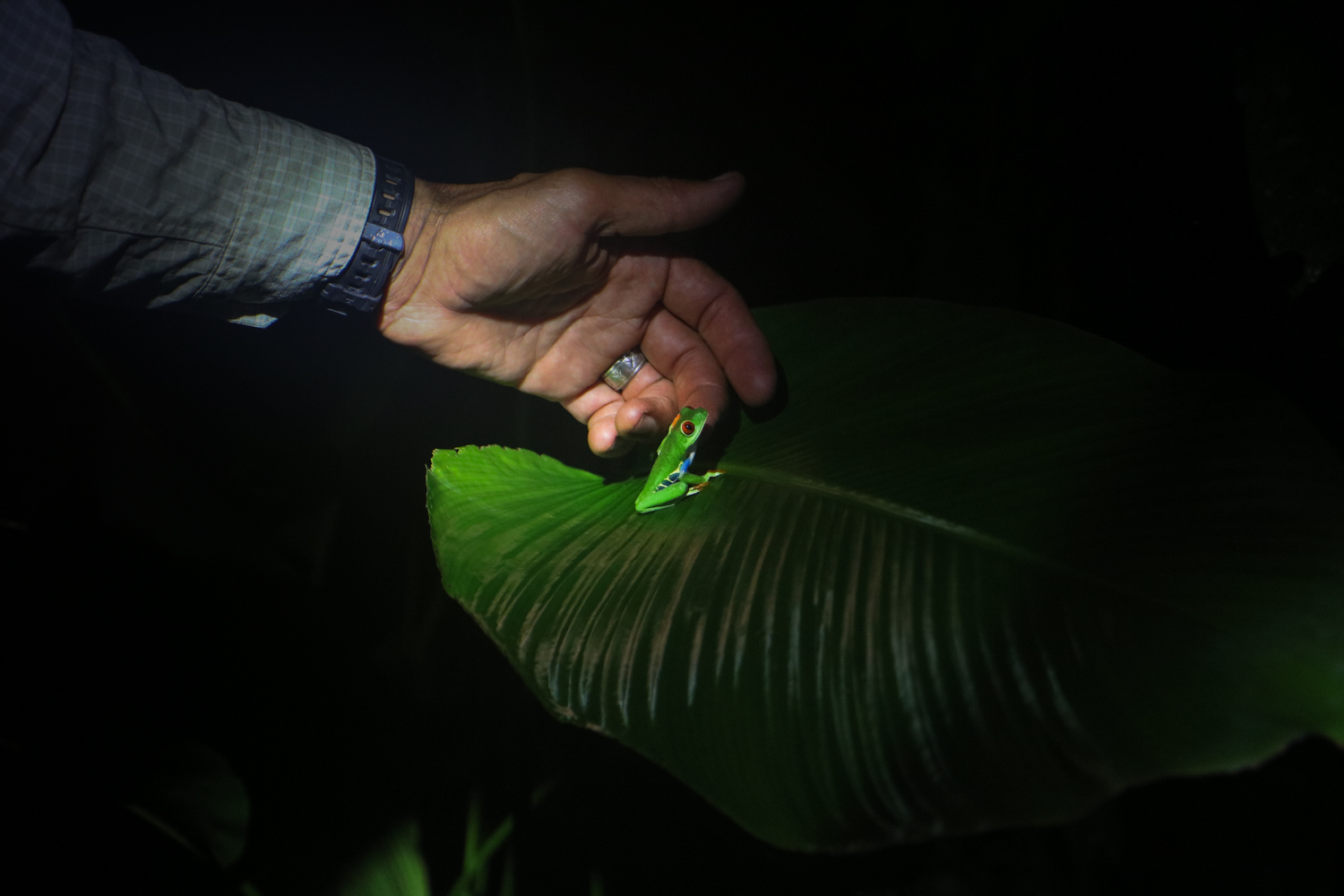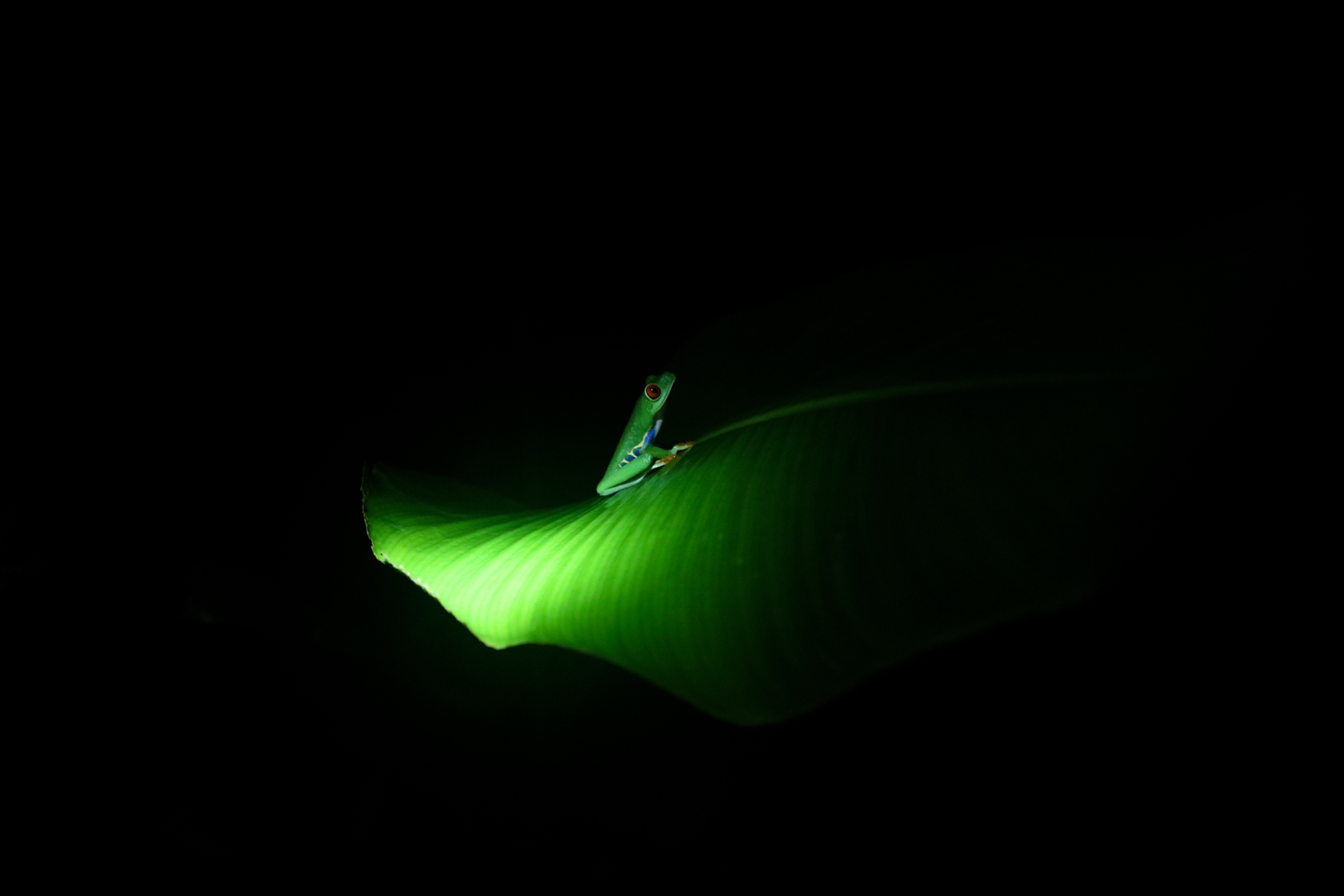Paris: Trocadéro
Since part of my research interrogates the visual logics of aquariums, I visited the Aquarium de Paris inspired by my surrealist predecessors. Like André Breton’s photograph of coral or Rogi André’s portraits of Jacqueline Lamba swimming in an aquarium tank, my black and white photographs attempt to recreate surprising moments of encounter in the darkened space of the aquarium.
Louis Aragon described the arcades of Paris as an aquarium, but it is really the cinema that offers the clearest surrealist counterpart to the aquarium. Robert Desnos wrote that “we got into the dark cinemas to find artificial dreams and perhaps the stimulus capable of peopling our empty nights.”
In an aquarium, non-human creatures do the peopling. Out of the darkness, sharks emerge. Through glass, animal-plant hybrid forms appear. The glass screen mediates the encounter, much like the screen of a theater—with scratches and blemishes that make legible the materials that bridge the worlds of dream and reality.































































